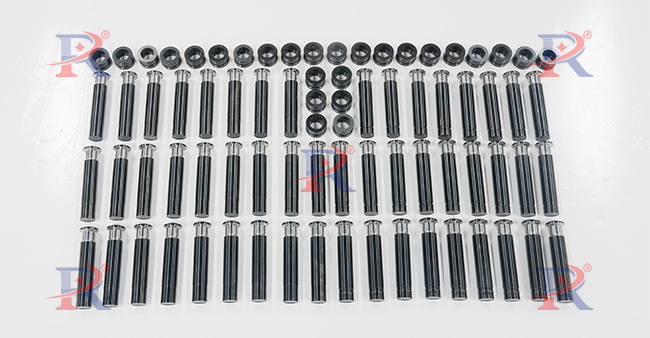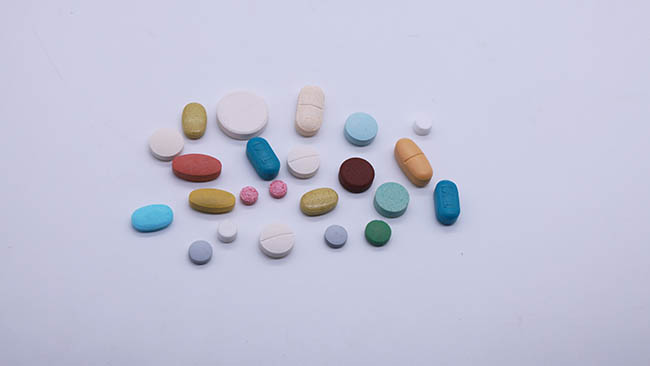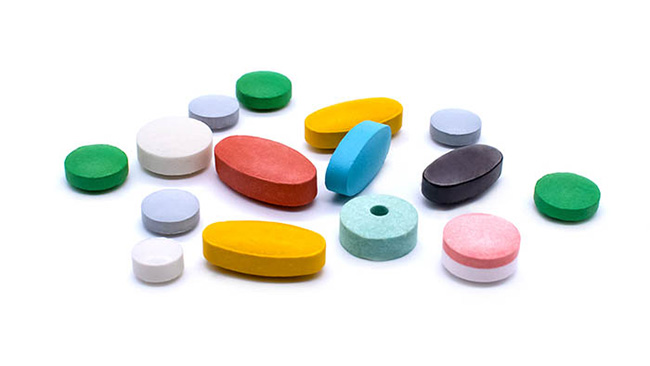1. 서론
제약 산업에서는 장비의 청결을 유지하는 것이 가장 중요합니다. 태블릿 프레스 기계모든 제약 제조 시설에서 가장 중요한 기계 중 하나인 정제 프레스기는 제품 품질과 안전을 보장하기 위해 정기적인 청소가 필요합니다. 이 가이드에서는 정제 프레스기를 효과적이고 안전하게 청소하는 데 필요한 단계를 안내해 드립니다.
2. 정기적인 청소의 중요성
회전식 태블릿 프레스 기계를 정기적으로 청소하는 것은 다음과 같은 여러 가지 이유로 필수적입니다.
제품 품질: 오염으로 인해 배치 간 교차 오염이 발생하여 제품 품질이 저하될 수 있습니다.
규정 준수: 규제 기관에서는 cGMP(우수 제조 기준)를 엄격히 준수할 것을 요구합니다.
기계 수명 연장: 정기적인 청소를 통해 태블릿 프레스의 수명을 연장할 수 있습니다.
3. 안전수칙
청소를 시작하기 전에 올바른 안전 조치를 취했는지 확인하세요.
전원과 가스를 끄세요: 사고를 예방하기 위해 가스관과 전원 코드를 뽑아주세요.
개인 보호: 화학 물질과 먼지가 인체에 해를 끼치지 않도록 정전기 방지 장갑, 고글, 마스크를 착용하세요.
4. 청소용품 및 도구
청소하다 태블릿 제조기 실제로 필요한 물품은 다음과 같습니다.
세척 용액: 순한 세제, 이소프로필 알코올, 물을 사용하세요.
도구: 브러시, 스펀지, 걸레, 압축 공기.
보호 장비: 장갑, 고글, 마스크.
5. 단계별 청소 절차
5.1 분해
루이다패킹 정제 압축기 사용설명서에 따라 세척이 필요한 부품을 순서대로 분해하여 각 부품을 다른 수집 장치에 넣고 표시하여 올바르게 재조립되도록 합니다.
5.2 다이 세트 청소
예비 청소
잔여물 제거: 압축 공기나 부드러운 브러시를 사용하여 금형에 남아 있는 잔여물을 제거합니다.
금형 표면의 마모 여부를 확인하세요. 마모된 경우 즉시 교체하세요.

세척제를 사용하세요
적절한 세척제를 선택하세요: 물과 순한 세제 용액 또는 95% 에탄올과 같은 순한 세척제를 사용하세요.
곰팡이를 세척제에 담가둡니다. 세척제의 종류와 권장 담가두는 시간에 따라 다르지만 보통 15분에서 1시간 정도 세척제에 곰팡이를 담가둡니다.
딥 클리닝
부드러운 브러시를 사용하세요: 부드러운 브러시를 사용하여 곰팡이의 모든 부분, 특히 손이 닿기 어려운 모서리를 부드럽게 닦으세요.
금형의 접촉 표면에 특별히 주의하세요. 금형의 접촉 표면을 철저히 청소하여 양호한 밀봉과 균일한 압력 분포를 보장하세요.
헹구고 말리세요
철저히 헹구세요: 곰팡이를 깨끗한 물로 철저히 헹궈 세척제가 모두 제거되었는지 확인하세요.
자연 건조 또는 에어건으로 건조: 곰팡이를 완전히 건조시키세요. 압축 공기를 사용하면 건조 속도를 높일 수 있고, 자연 건조할 수도 있습니다.
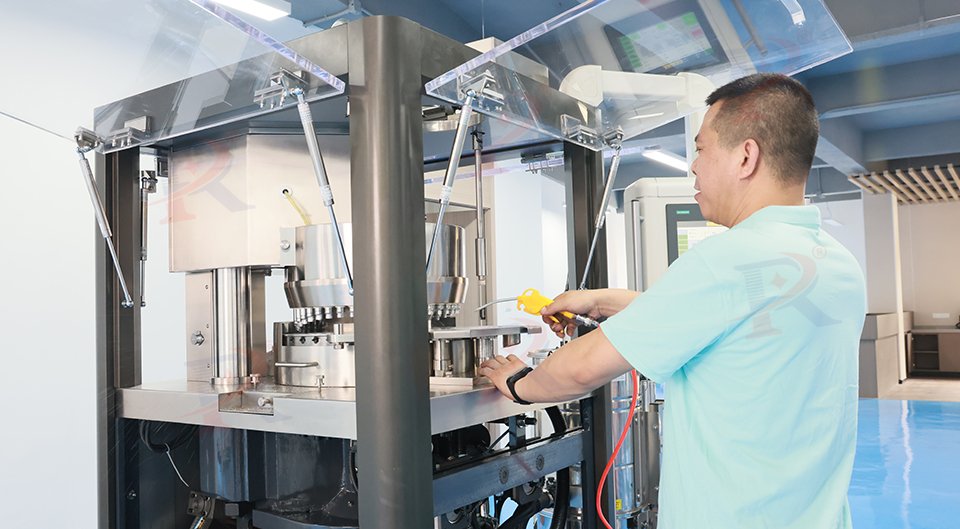
곰팡이를 확인하세요
손상 여부 확인: 곰팡이를 다시 한 번 확인하여 손상이나 마모 흔적이 있는지 확인하세요.
곰팡이 상태를 평가하세요. 곰팡이가 손상된 경우 수리하거나 교체하는 것을 고려하세요.
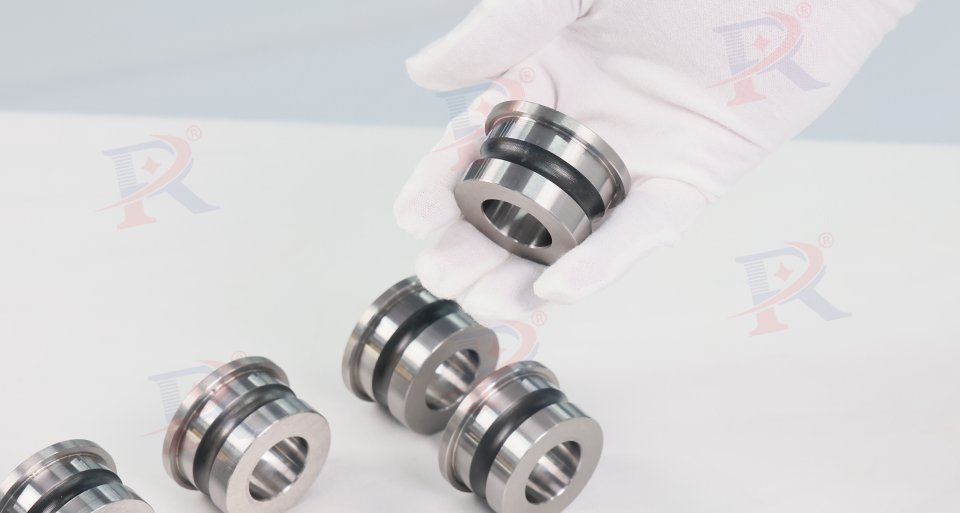
녹 방지
녹 방지제 분사: 오랫동안 사용하지 않은 금형의 경우 금형 표면, 특히 금형 컵 표면에 녹 방지제를 분사할 수 있습니다.
곰팡이 표면이 깨끗한지 확인하세요. 방청제를 분사하기 전에 곰팡이 표면이 완전히 깨끗하고 잔여물이 없는지 확인하세요.
기록
청소 기록 작성: 청소 후 청소 날짜, 사용한 세척제, 발견된 문제점을 기록합니다.
5.3 호퍼 및 공급 시스템 청소
잔해물 제거: 진공 청소기나 공기총을 사용하여 가루와 입자를 제거합니다.
건조시키기: 세척액에 적신 축축한 천으로 강제 공급기 표면을 닦아 건조시킵니다.
건조: 완전히 공기 건조하세요.
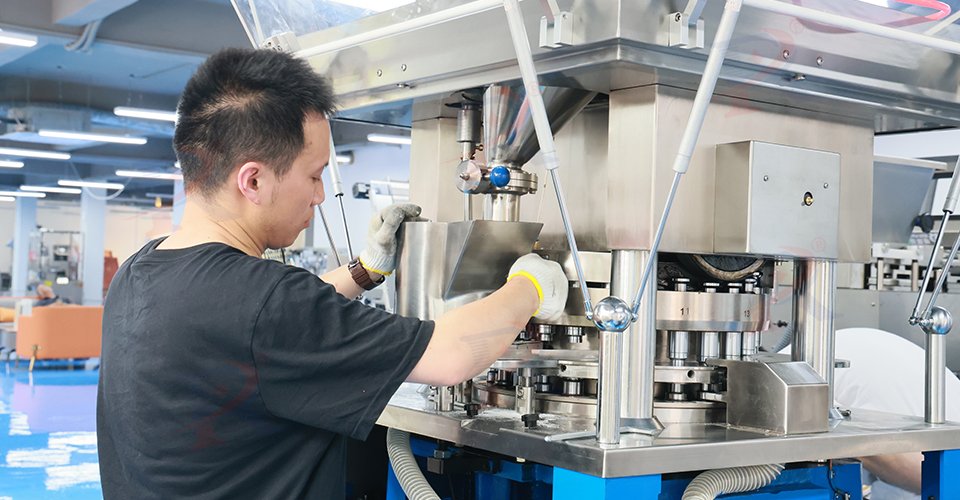
5.4 펀치 청소
초기 청소:
잔여물 제거: 압축 공기나 부드러운 브러시를 사용하여 펀치에 남아 있을 수 있는 잔여물을 제거합니다.
다이 펀치 표면을 점검하세요. 긁힘, 마모, 파손 등이 있는 경우 펀치를 교체해야 합니다.
심층 세척:
부드러운 브러시로 접착력을 제거하세요. 구리 와이어 브러시를 사용하여 펀치의 접착력을 부드럽게 닦아내세요. 와이어 브러시는 펀치 표면에 흠집을 낼 수 있으므로 사용하지 마세요.
굳은 접착력 제거를 위한 담금질: 접착력이 너무 강해서 제거하기 어렵다면, 펀치를 뜨거운 물에 몇 분간 담가 두세요. 이렇게 하면 접착력이 약해져 제거하기가 더 쉬워집니다.
표면 닦기: 연마 페이스트를 소량 묻힌 플란넬 천을 사용하여 펀치 표면을 닦아 광택을 복원합니다.
특별 대우:
알코올로 카바이드 제거: 펀치에 카바이드가 발견되면 먼저 마른 천으로 닦은 다음, 소량의 알코올을 적셔 닦아냅니다.
녹 검사 및 처리: 펀치에 녹이 발견되면 마른 천으로 즉시 닦아내세요. 제거하기 어려우면 알코올을 사용하여 제거할 수 있습니다.
건조 및 녹 방지:
완전히 말리세요: 압축 공기나 깨끗한 천을 사용하여 펀치를 완전히 말리고 습기가 남아 있지 않은지 확인하세요.
녹 방지제 분사: 장기간 사용하지 않는 펀치의 경우 펀치 표면, 특히 펀치 컵 표면에 녹 방지제를 분사할 수 있습니다.
펀치 표면이 깨끗한지 확인하세요. 방청제를 분사하기 전에 펀치 표면이 완전히 깨끗하고 잔여물이 없는지 확인하세요.
5.5 압축 롤러 청소
닦기: 세척액에 적신 천으로 롤러를 닦으세요.
검사: 마모나 파손 여부를 확인하고 필요한 경우 교체합니다.
건조: 자연 건조합니다.
5.6 재조립 및 윤활
재조립: 분해한 순서의 역순으로 기계를 다시 조립합니다.
윤활: 식품 등급 윤활제를 움직이는 부품에 바릅니다.
테스트: 테스트 배치를 실행하여 모든 것이 제대로 작동하는지 확인합니다.
6. 유지 관리 지침
자동 태블릿 프레스 기계를 원활하게 작동시키려면 다음 유지 관리 팁을 따르세요.
정기 검사: 매일 시각적 검사를 실시합니다.
정기 유지관리: 최소한 1년에 한 번 유지관리 점검 일정을 잡으세요.
교정: 정확성을 보장하기 위해 정기적으로 기계를 교정하세요.
7. 결론
태블릿 프레스 기계를 정기적으로 청소하고 유지 관리하면 규정을 준수할 수 있을 뿐만 아니라 장비 수명을 연장하고 제품 품질을 유지할 수 있습니다. 이 가이드에 설명된 단계를 따르면 기계를 최상의 상태로 유지할 수 있습니다.
8. FAQ
질문: 태블릿 프레스를 세척하는 데 강한 화학 물질을 사용할 수 있나요?
답변: 강한 화학 물질을 사용하는 것은 권장하지 않습니다. 강한 화학 물질은 기계를 손상시키고 제품 안전을 위협할 수 있습니다.
질문: 태블릿 프레스 기계는 얼마나 자주 청소해야 합니까?
A: 세척 빈도는 사용량과 특정 규정에 따라 달라집니다. 일반적으로 배치를 교체할 때마다 세척하는 것이 좋습니다.
자동 정제 프레스 기계 세척 방법에 대해 자세히 알고 싶으시면 문의해 주세요. 루이다패킹 엔지니어.
